Haven’t posted in a while given “research” (albeit, unpaid) in Italy; more specifically, eating my way through Rome and Sicily. Came back a few pounds heavier, my wallet a bit lighter, but visited some breathtaking places and savored truly amazing food, including some of the freshest seafood imaginable.
This post is on memorable places I dined at in Sicily (post on Rome to follow). What can I say about Sicily? It’s a beautiful island with lots to discover. A bit rustic and rough around the edges, with hidden gems, an expansive coastline (with the Tyrrehenian Sea to the north, the Ionian Sea to the east, and the Mediterranean Sea to the south), lush volcanic soil (including some active volcanoes — Mt. Etna, Stromboli), Baroque architecture, ancient ruins (Greek and Roman), and, most importantly, a plethora of great food.
Due to its proximity to North Africa, you are likely to see the Arab influence in many Sicilian dishes, such as the presence of apricots and citrus, couscous, raisins, pistachios, almonds, and spices like cinnamon, saffron, and nutmeg. The mix of such ingredients makes Sicilian cuisine unique compared to that found on mainland Italy. Furthermore, due to the rich volcanic soils, especially around Mt. Etna, there is some excellent wine to be had.
There was an abundance of restaurants and food to explore along the way, but I’ve narrowed down my list to the ones that stood out the most (a difficult, but enjoyable feat). So, if you find yourself in Sicily, I hope this post helps with your culinary odyssey.
Palermo
We landed first in Palermo; a bit of a gritty town, but worth spending a day or two in order to wander around the various neighborhood markets. While many of the restaurants were good, there were a few that were exceptional. My favorite spot was Trattoria al Piccolo Nopali, followed by Zia Pina.
If you happen to see uova di spada (the eggs of swordfish) on the menu, I highly encourage that you give it a try (you won’t be disappointed). It’s not always easy to find. Occasionally, I’d see it listed on the menu, but when inquired about, it never seemed to be available (possibly, the locals were not willing to share with tourists? Or, maybe, it was just early in the season?). Nonetheless, there were a few places along the way where I was able to track some down. Sometimes dressed with nothing more than good olive oil and a squeeze of lemon, other times, added to pasta, each preparation was equally delicious.
The dish below was from Trattoria al Piccolo Nopali, a favorite trattoria among locals, and not too heavily trafficked by tourists. If I lived in Palermo, I would definitely be a regular here. The uova di spada was served with olive oil and a squeeze of lemon — divine!
And my favorite, grilled octopus…
Zia Pina is only open for lunch, and, as you can see, lures passerby with a wide assortment of traditional Sicilian dishes laid out on the table for your choosing. Such dishes include caponata (sweet and sour eggplant), involtini (stuffed and rolled vegetables and/or fish), sardine balls, roasted melanzanne (eggplant), tomatoes, and zucchini, and an assortment of fresh seafood and fish, to name a few.
Explore the lively and colorful street markets in Palermo, and throughout Sicily for that matter. When hunger eventually calls as you explore a market, make a stop for some street food, such as a spleen sandwich (common street fare).
It’s not everyday you see a whole tuna being dragged down the middle of the street.
Bluefin tuna is fished off the coast of Sicily between May and June. Thus, it is very common to see tuna on menus this time of year. Doesn’t get much fresher than this. To truly appreciate its flavor, enjoy it raw (ask for tonno crudo).
If you are looking to get away from it all, then the Aeolian Islands are an ideal destination. Seven tiny volcanic out-crops form the Aeolian Islands, floating off the northeast coast of Sicily in the Tyrrhenian Sea. The archipelago derives its name from the demigod of winds, Aeolus. The shape of the Aeolian Islands was formed by volcanic activity. Stromboli is the only island today with current volcanic activity.
Our first stop was the Island of Lipari, followed by Filicudi, and, finally, Salina.
Lipari
A bit more trafficked than some of the more remote Aeolian islands, Lipari remains serene (well, at least in June), with lots of beauty, a bustling little port, plenty of fresh seafood, and beautiful beaches to explore.
There are many restaurants near the main port serving typical Sicilian fare and fresh seafood, but my favorite dining spot was an agrotourismo called U Zu Peppino (about 5 miles from the port). If you give them a call, they’ll arrange to pick you up near your hotel. We had the antipasti, macaroni with tomatoes and eggplant, and grilled lamb. As an agrotourismo, they grow their produce on site, so it doesn’t get much fresher than this.
And, of course, my day would not be complete without a cup of granita (especially from Pasticceria Subba). The cafe (coffee) and pistachio were my favorites.
If you are looking to get away from it all, to disconnect and unwind, to lay on a hammock with a good book, then Filicudi is the place for you. It’s a tiny little island, just a dot in the sea, about 6 square miles, with a population of 400.
While small in size, the few restaurants on this island are churning out terrific food.
Try the Paccheri al Pesto di Pistachio at La Sirena. It looks rather simple, but each bite is packed with flavor, just the right amount of basil, pistacchio, lemon, and oil, and the pasta is cooked perfectly al dente. I could eat this everyday and never grow tired of it. In fact, try everything on the menu at La Sirena, I don’t think you can go wrong. The chef knows what he’s doing. And if you see uova di spada on the menu, order it. Unfortunately, when we arrived they were just opening for the season and didn’t yet have uova di spada, or so they say (still a bit skeptical about whether they are willing to share with tourists).
Paccheri al pesto di pistacchio.
The totano (a type of squid) ripieno orientale, was another highlight.
Spaghetti alle mandorle (almond pesto).
Roasted vegetables with fresh ricotta.
Always nice to finish a meal with a glass of Malvasia.
As you walk around Filicudi, you will see lots of wild fennel growing on the sides of the
road. Not surprisingly, fennel finds its way into many dishes.
Pasta con le sarde (traditionally prepared with sardines, though sometimes with tuna) e finocchietto (fennel), is a staple in Sicilian cuisine. This version was from a tranquil little place we stayed (hammock included), La Villa Rossa.
Pasta con tonno e finnochietto.
You’ll also find Sicilian citrons growing all around the islands…
Salina
Gastronomically, Salina is best known for three products: fish, capers, and a sweet dessert wine called Malvasia. Salina’s most famous beach is at Polara, located between the Tyrrhenian Sea and the slopes of an extinct volcano.This particular breathtaking beach was the site for the 1994 Italian film, Il Postino.
Pensione Mamma Santina
You’ll find traditional Aeolian recipes at Mamma Santinas. First opened in 1978 as a restaurant, it now serves as a hotel and restaurant. Our chef recommended the Spaghetti Mamma Santina with 14 herbs (from herbs grown in their rooftop garden), which was delicious, along with an order of gamberetti con uova.
Spaghetti Mamma Santina.
Gamberetti (small shrimp).
Da Alfredo
Make a stop at Da Alfredo, at least once a day, for a refreshing granita (especially the pistacchio, almond, and cafe granita).
Another colorful street market along the way…
Mount Etna and Around
At 3,329 meters, Mt. Etna is Italy’s highest peak, and the largest active volcano in Europe. It’s in an almost constant state of activity and eruptions, with its most frequent eruption in January 2011. There are 4 craters at the top; the two you are most likely to see are Cratere Sud-Est (southeast) and Bocca Nuova, the youngest of the four. You can hike or take a guided tour to the tops of these craters. Unfortunately, due to heavy storms in the area the day we were there, the guided tour was canceled. So, we went with plan B, and found a small family run trattoria, where we spent the afternoon eating and drinking wine.
The volcanic soil of Mt. Etna, provides the right balance of minerals, for the production of wine. Try Nerello Mascalese, especially from areas like Passopisciaro.
Patrick posing with his new friends from the trattoria (near Mount Etna)…
Siracusa and Around
There is no shortage of great places to eat in Siracusa and the surrounding area, such as Ortygia and Marzamemi.
Ortygia
The markets in Ortygia were amongst my favorite, with all sorts of culinary finds, including ricci (urchin), lumache (snails), homemade empanadas, and an abundance of cheese, sausage, fruits, and vegetables.
Was pleasantly surprised by this little, hidden gem of a restaurant recommended by the cute little B&B we stayed at. A small family run place, with a fixed menu based on the local catch of the day. We started with an antipasti di mare (gamberoni, spada (swordfish), and acciughe (fresh anchovies), followed by capaznate (giant clam) and gamberoni fritta (fried shrimp), and crochette de neonatona (baby fish and shrimp), followed by spaghetti con patelle, lumache di mare (sea snails), cozze, vongole (clams), pomodoro (tomato), and parsley, followed by spada involtini (stuffed and rolled swordfish), and for dessert lemon sorbet. What a feast!
L’Ancora
Another fantastic seafood restaurant, not in the guide books, but recommended and heavily trafficked by locals (prepare to wait, but totally worth it). The pasta with uova di spada (swordfish eggs), is up there with some of the best pasta I’ve ever eaten. The sauce was simply divine. Save some room for dessert, particularly the in-house made pistachio gelato.
Pasta with uova di spada.
Perbacco
Make a stop at restaurant Perbacco, especially for the frutti di mare crudo (mixed raw seafood platter with oysters, mussels, clams, and shrimp).
From our balcony…
The Cape Area (southeast Sicily)
Marzamemi is a quiet fishing town and low-key resort in the summer months in the southeast of Sicily. There’s not much to see or do here, except swim in the aqua blue waters, and eat some amazing fish, seafood, and pasta. It’s also the site of the old tuna packing plants, and a good place to stop if you are interested in buying some bottarga (tuna, swordfish, or mullet roe), and other local fish-related products.
La Cialoma
This cute, little taverna in the main square offers exceptional food. Had the marinated raw tuna, followed by spaghetti with seppia di nero, and roasted zuchinni and peppers.
Al Boccone
Another option is Al Boccone, just outside the main square, with a view overlooking the Gulf of Noto. Had the gamberoni crudo and their “award-winning” spaghetti with pistachios and bottarga.
Gamberoni crudo (raw shrimp).
Spaghetti with pistachio and bottarga.
Portopalo di Capo Passero
If you follow the road, just south of Marzamemi, you’ll end up at the very southeast corner of Sicily. A great place to relax on the beach for the day, and if you are lucky enough, enjoy some fresh ricci (sea urchin).
Ahhh, ricci. It doesn’t get much fresher than this. Was hanging out on the rocks, and noticed a guy snorkeling for urchin, octopus, and squid. We inquired about his catch, and he was nice enough to share a couple of ricci with us.
Just pop them open and scoop out the fresh roe. The best way to describe the flavor, is that it tastes like the sea.
Noto
Located just 25 miles south of Syracuse, Noto is known for its Baroque palazzi and churches. Spectacular at any time of the day, it is especially beautiful in the early evening, when the reddish-gold buildings take on a golden glow as the sun sets.
It gets quite hot in the summer, so be sure to stop at Caffe Sicilia, and cool off with a trio of frozen granita (had the cafe, almond, and blood orange).
Modica
If you need a small break from the sun and water, Modica, with its steeply stacked medieval center and spectacular Baroque architecture, is a stunning place to rest your head for the night.
Enjoy the chocolates at the well-known and celebrated, Antica Dolceria Bonajuto (founded in 1880). Still made in the traditional way, the chocolate has a granular consistency, and a deep intense flavor. Be sure to buy a couple to bring back.
Agrigento (Valley of the Temples) Along the southern, Mediterranean coast, you can retrace the glories of Sicily’s Greek past, and walk amongst the remains of the Valley of the Temples (but maybe, just an hour or two, then time for lunch and a swim).
Golgo di Castellammare and Around
Scopello
Scopello, just west of Golfo di Castellammare, lies a postcard picturesque hamlet (also the location for one of the scenes in Ocean’s Twelve), perfect for a lazy day of swimming, reading, and admiring its pure beauty.
Trapani
Trapani, in the northwest corner of Sicily, located on the sea route to Tunisia, is known for its couscous (or cuscus in Sicily) allla trapanese (in a soup of fish, garlic, chile, tomatoes, saffron, cinnamon, and nutmeg). Hidden in the old Jewish ghetto, you’ll find a small family run restaurant, Cantina Siciliana, well known for their expertly spiced cuscus alla trapanese.
Buon appetito!!
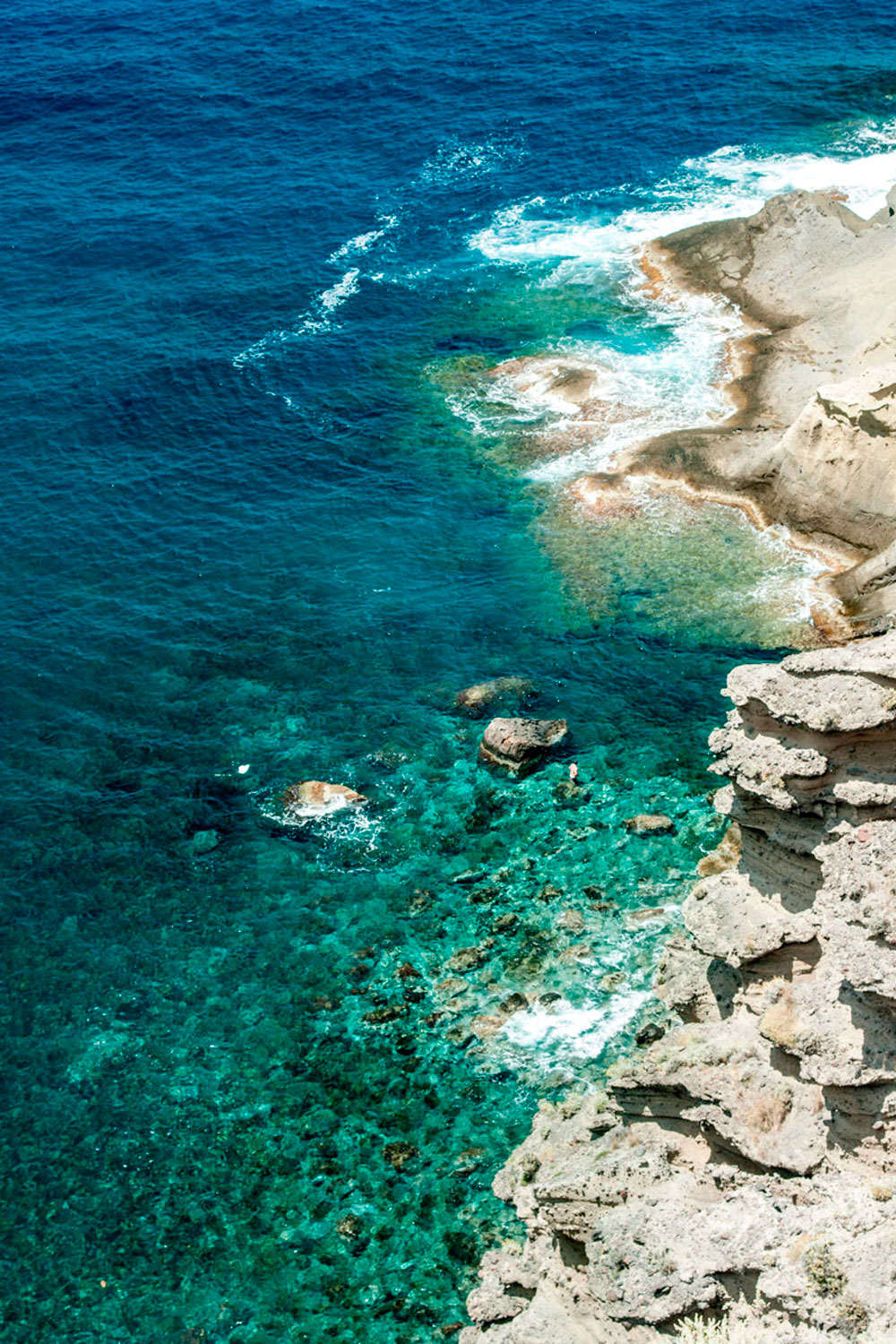


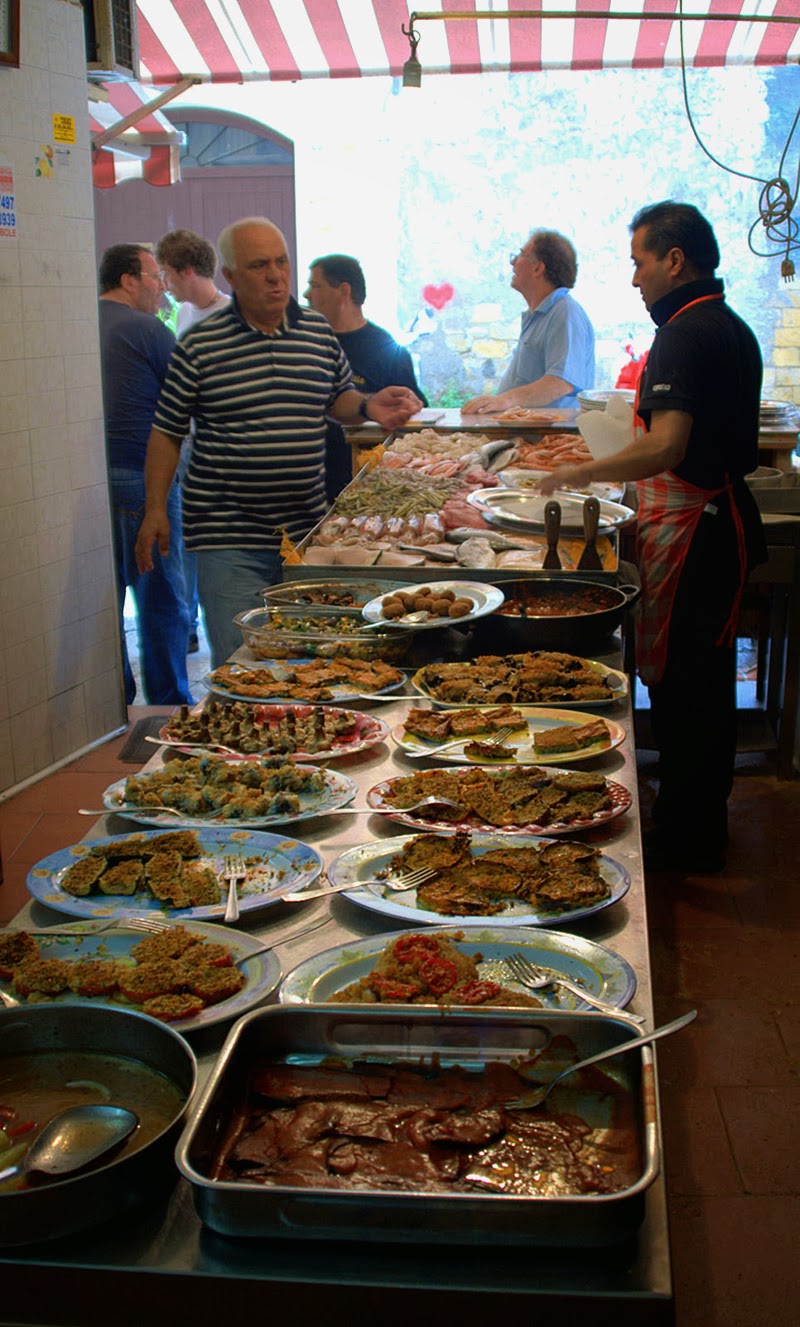











































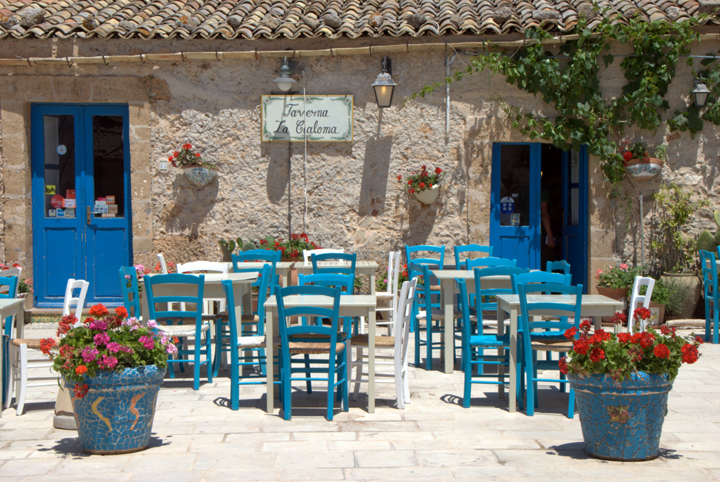




















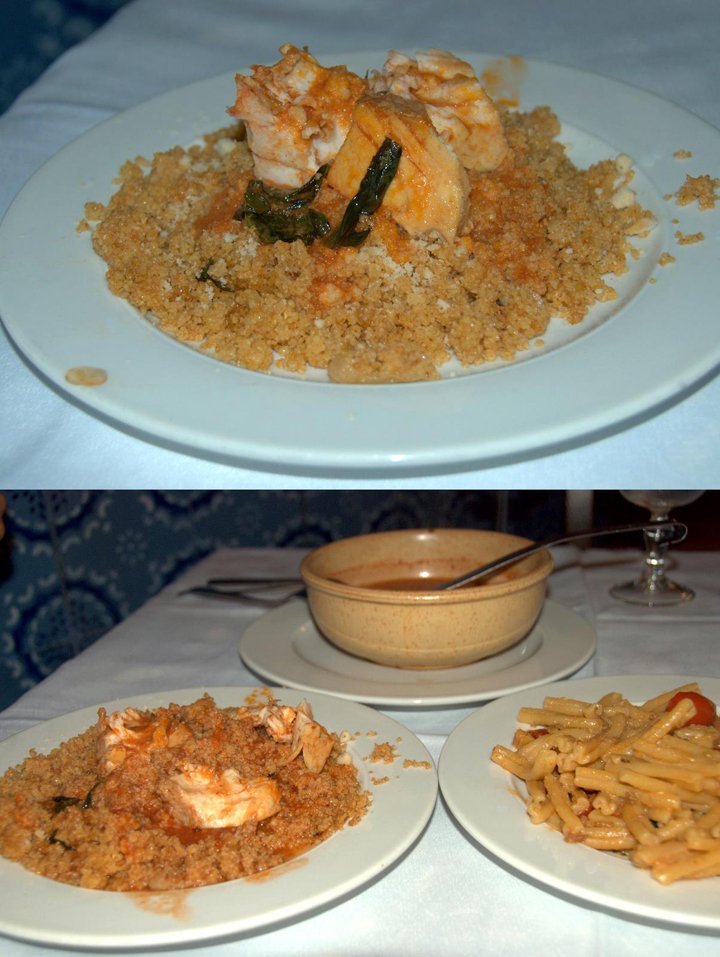
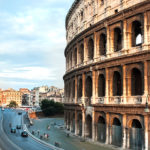
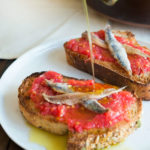
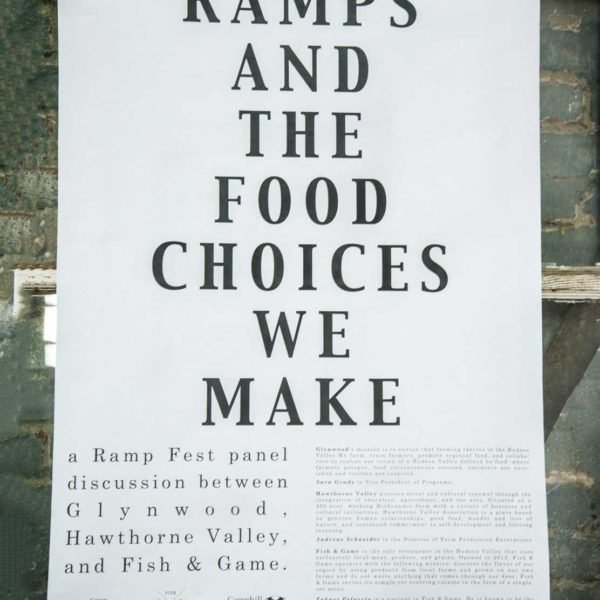

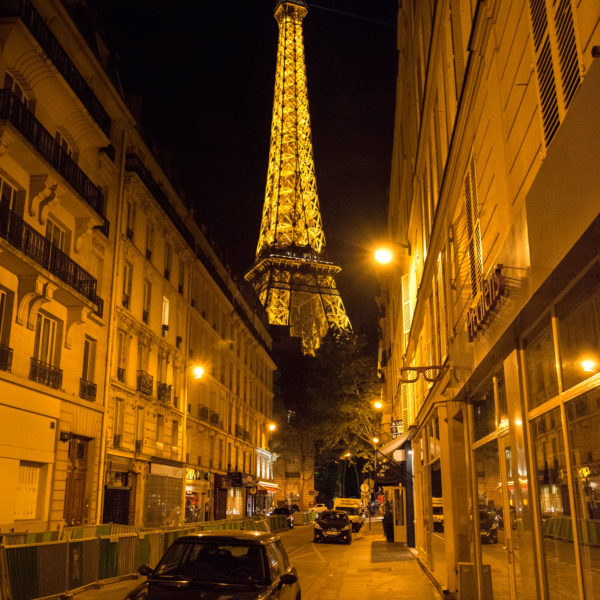


5 comments
Rachael Katz
Linda – that post was torture! Beautiful tasty torture! Looks like it was a fantastic trip & those are some gorgeous photos 🙂 Hope you are all settled in DC!
Rachael Katz
Linda – that post was torture! Beautiful tasty torture! Looks like it was a fantastic trip & those are some gorgeous photos 🙂 Hope you are all settled in DC!
wendy
Your photos are just stunning!
wendy
Your photos are just stunning!